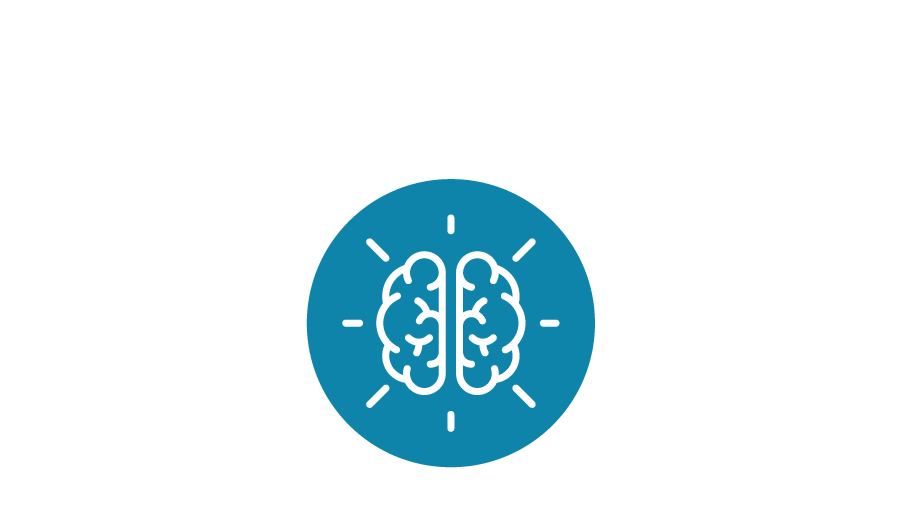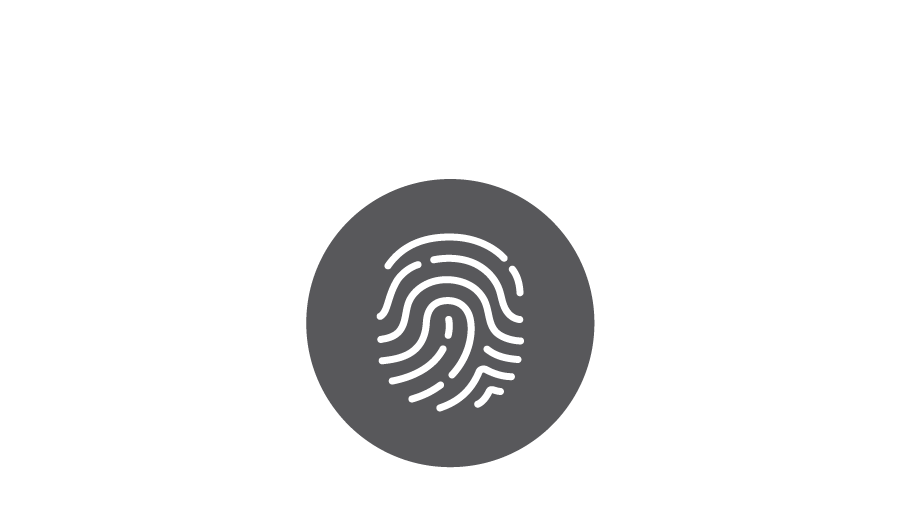Teaching digital citizenship has never been more important. Prepare students to stay safe, solve problems and become a force for good.
Teaching digital well-being doesn’t mean providing students with a list of “don’ts.” It’s about the do’s – modeling and practicing skills that help young people become thoughtful, empathetic digital citizens who know how to use technology to learn and solve problems in their digital and physical communities.
The digital citizenship competencies, developed by the ISTE-led DigCit Coalition in conjunction with coalition partners, shift the conversation from don’ts to do’s.















